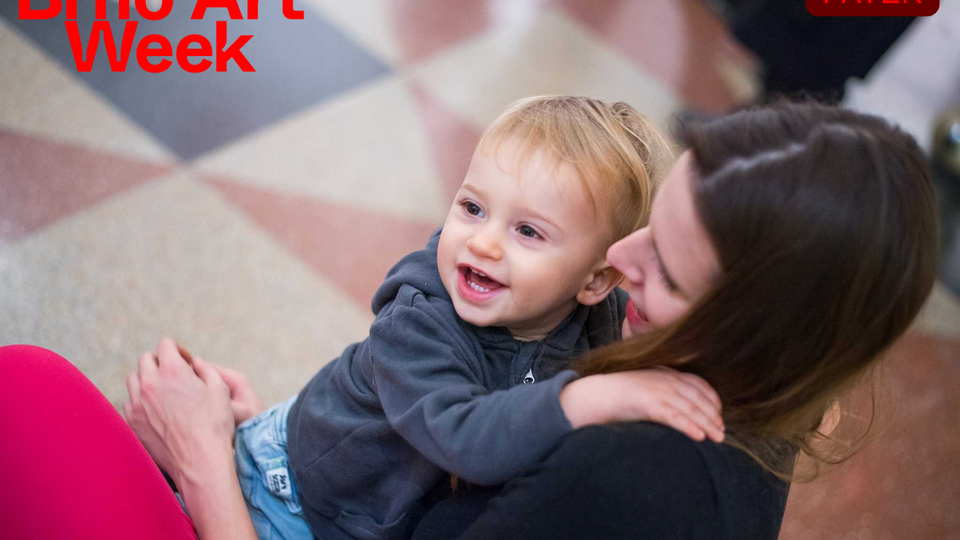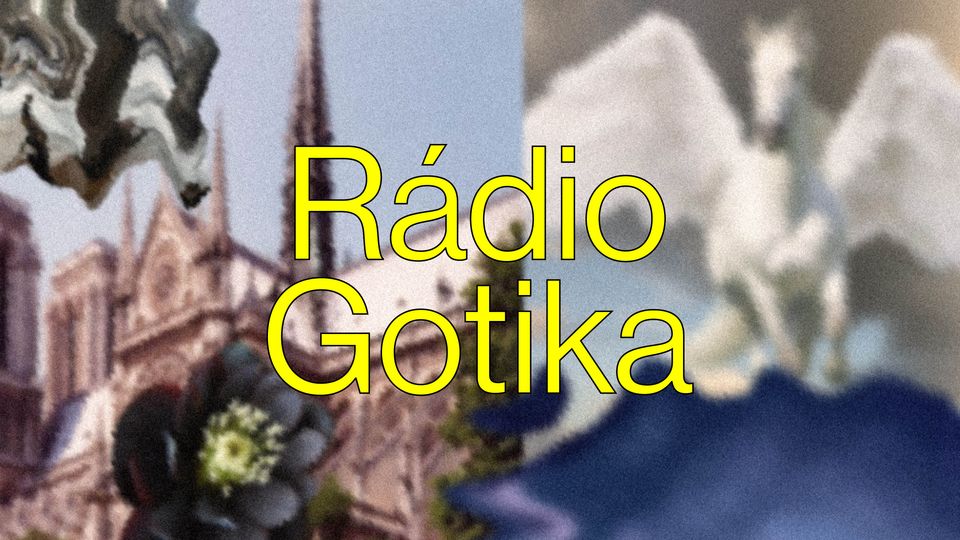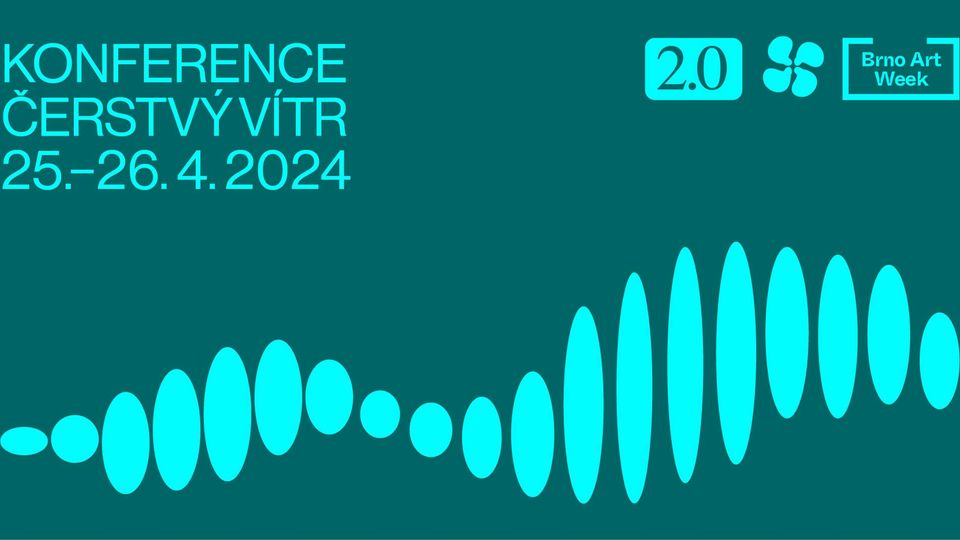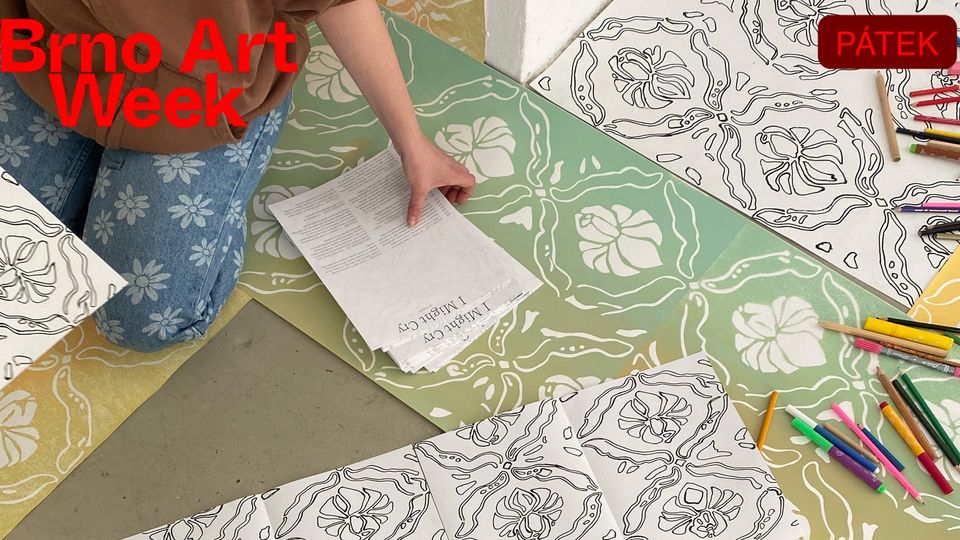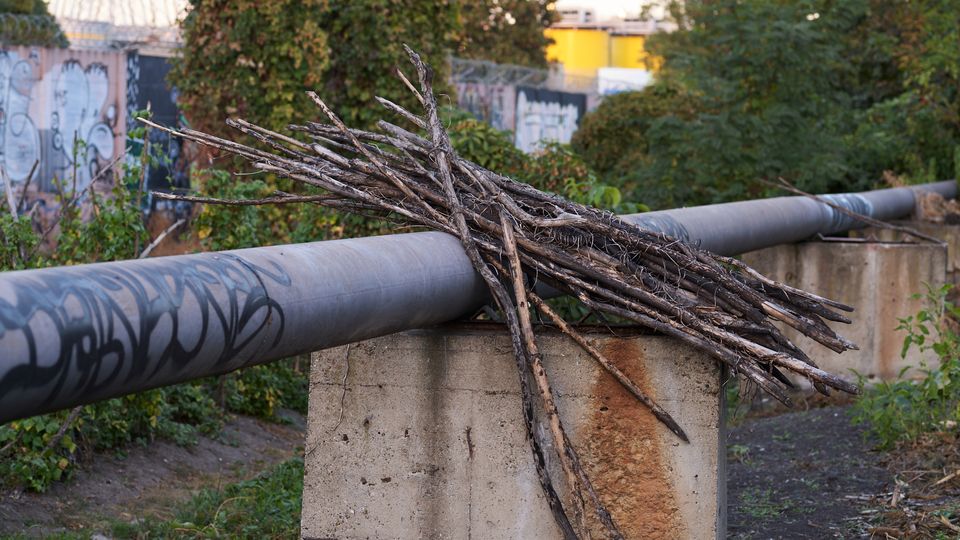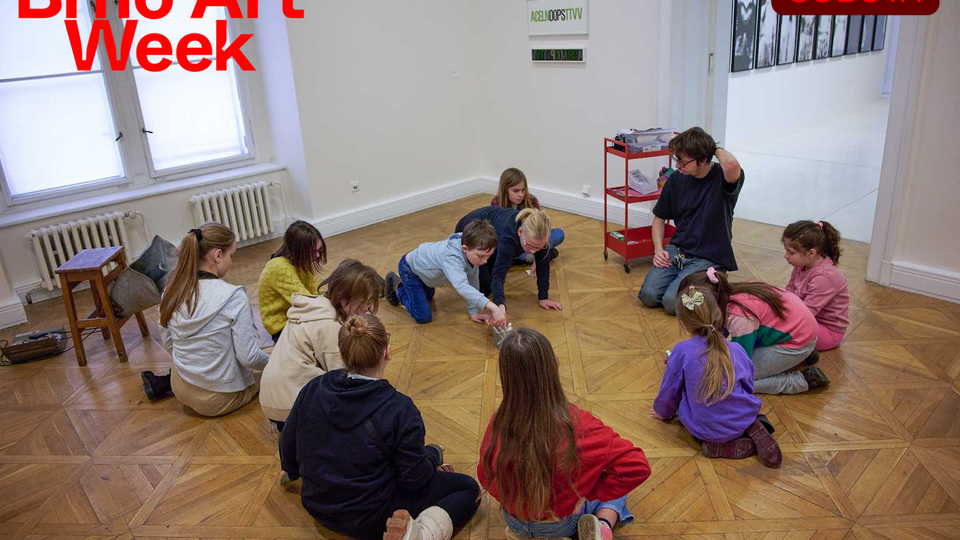Co zbylo z Rakouska Uherska: umění a architektura po pádu monarchie
12. 11. 2019
Přednášky a diskuze
vstup volný
Malinovského nám. 2, 602 00 Brno-město
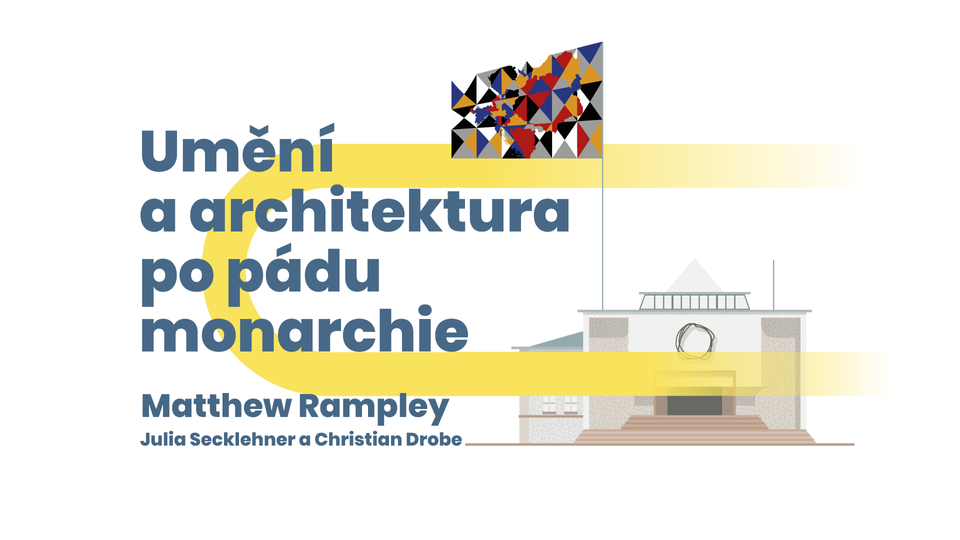
Matthew Rampley, Legacy of Empires: Art and Architecture after the End of Austria-Hungary
The year 1918 is often treated as marking a major break in central European history. With the collapse not only of Austria-Hungary, but also of Tsarist Russia, Imperial Germany and, more distantly, the Ottoman Empire, nothing could be the same again, it would seem. The deaths in 1918 of major figures such as Otto Wagner, Koloman Moser, Egon Schiele and Bohumil Kubišta, seemed to confirm this was true for the world of art and architecture, too. Certainly, histories of art tend to treat the year 1918 in this way, with periods being defined as ending or beginning with the conclusion of the First World War.
However, is this neat division accurate? In this lecture I discuss our European Research Council project, Continuity / Rupture: Art and Architecture in Central Europe, 1918-1939, which questions orthodox wisdom. I argue that it was not so easy to discard the legacy of the Habsburg Empire, and that in many ways much of the art and architecture of the 1920s and 1930s was shaped by the concern to work through and come to terms with the memory of the past. I explore this argument by discussing a series of case studies drawn from interwar Austria, Czechoslovakia and Hungary. Our project also considers the question of central Europe as part of the much wider topic of the legacy of Empires, and the lecture considers how empires across the globe lived on in art after their apparent political collapse.
The evening lecture and discussion will be held in English.
Matthew Rampley, Co zbylo z Rakouska Uherska: umění a architektura po pádu monarchie
Rok 1918 se často považuje za zlom v historii střední Evropy. Po rozpadu nejen Rakouska Uherska, ale také carského Ruska, Německého císařství a Osmanské říše už nemělo být nic jako dřív. Úmrtí Otto Wagnera, Kolomana Mosera, Egona Schieleho a Bohumila Kubišty v roce, kdy válka skončila, zdánlivě navozuje představu přelomu i v umění a architektuře. V dějinách umění se tak rok 1918 v mnoha případě označuje za zlomový a zdá se, že mnoho uměleckých směrů v něm končí nebo začíná.
Odpovídá ale takto zjednodušený pohled skutečnosti? Prof. Rampley v této přednášce představí projekt Continuity / Rupture: Art and Architecture in Central Europe, 1918-1939 financovaný Evropskou výzkumnou radou, v němž se se svým výzkumným týmem touto otázkou zabývá. Dědictví Habsburské říše totiž nebylo možné jen tak zapomenout a jak umění tak i architektura dvacátých a třicátých let se v mnoha ohledech musely s touto skutečností vyrovnat. Přednáška se tak zaměří na několik příkladů z meziválečného Rakouska, Československa a Maďarska, které tento argument ilustrují. Výzkumný projekt se také zabývá obecnějšími otázkami spojenými s přesahem říší po jejich zániku a i přednáška se dotkne otázky, jak říše po celém světě přežívají i po svém politickém rozpadu v umění.
Večerní přednáška a diskuze bude probíhat v anglickém jazyce.

